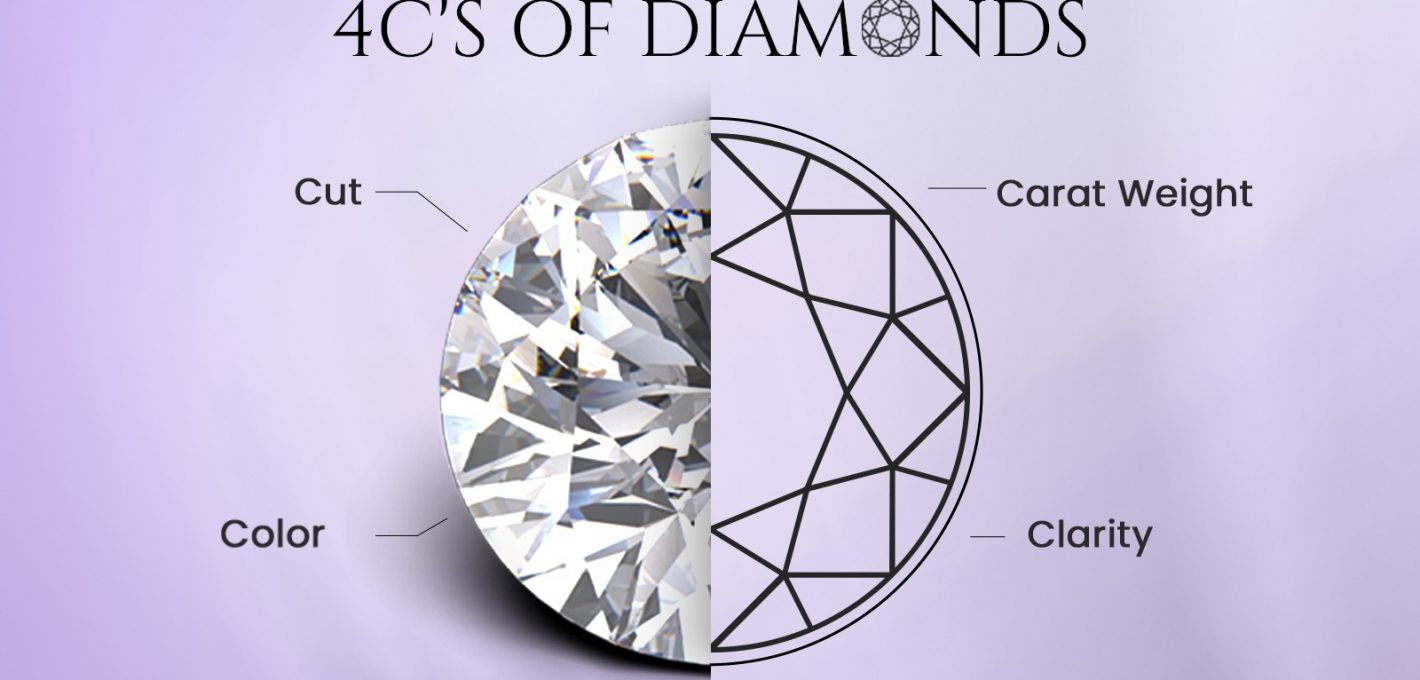Buzz marketing, also known as word-of-mouth marketing, viral marketing, or influencer marketing, is a dynamic and strategic approach that leverages consumer conversations, recommendations, and social sharing to generate brand awareness and create excitement around products, services, or ideas. In this article, we will explore the world of buzz marketing, its significance, key strategies for success, and the role of modern technology in amplifying the buzz.
The Significance of Buzz Marketing
Buzz marketing has gained prominence for several reasons:
- Authenticity: Buzz marketing relies on genuine endorsements and recommendations from real people, making it more trustworthy and credible to consumers.
- Virality: Buzz marketing aims to create content that spreads quickly and organically, reaching a broad audience without heavy advertising costs.
- Cost-Effective: Compared to traditional advertising, buzz marketing often provides a cost-effective way to create brand awareness and generate buzz.
- Consumer Engagement: Encouraging consumers to actively participate in conversations and share their experiences fosters a deeper level of engagement.
- Brand Loyalty: Buzz marketing can cultivate brand loyalty by creating a sense of community and shared enthusiasm among consumers.
Key Strategies for Buzz Marketing Success
- Targeted Influencer Partnerships: Collaborate with influencers and brand advocates whose values align with your brand. They can authentically promote your product or service to their followers.
- Storytelling: Craft compelling and shareable stories around your product, service, or brand. Emotional and relatable narratives are more likely to go viral.
- User-Generated Content: Encourage consumers to create content about their experiences with your product or service, and share it on social media with a specific hashtag.
- Surprise and Delight: Create memorable moments for your customers, surprise them with unexpected acts of kindness, and encourage them to share these experiences.
- Social Media Engagement: Actively engage with your audience on social media platforms, respond to comments, and participate in conversations to build rapport and trust.
- Contests and Challenges: Organize user contests, challenges, or giveaways that encourage consumers to participate and share their experiences.
- Referral Programs: Implement referral programs that reward existing customers for referring new customers. This leverages the power of word-of-mouth recommendations.
- Analytics and Monitoring: Use analytics tools to track the reach and impact of your buzz marketing campaigns. Monitor mentions, engagement, and virality.
Modern Technology and Buzz Marketing
- Social Media: Social platforms are instrumental in amplifying buzz. They enable real-time interactions, user-generated content sharing, and virality.
- Influencer Marketing Platforms: Technology has given rise to influencer marketing platforms, making it easier for brands to identify, collaborate with, and track the performance of influencers.
- Viral Marketing Tools: Companies can use various viral marketing tools and software to create and track the virality of their content.
- Customer Relationship Management (CRM) Software: CRM systems allow businesses to manage and nurture customer relationships, including generating referrals and reviews.
Challenges in Buzz Marketing
- Oversaturation: With the abundance of content and marketing messages, it’s increasingly challenging to stand out and create authentic buzz.
- Trust Issues: Consumers have become more discerning, and building trust in a digital age is not easy, especially with an abundance of fake reviews and endorsements.
- Ethical Concerns: Marketers must ensure transparency and ethical practices when encouraging user-generated content and reviews.
Conclusion
Buzz marketing is a potent strategy for building brand awareness, generating enthusiasm, and driving consumer engagement. By implementing targeted influencer partnerships, user-generated content campaigns, and leveraging modern technology, companies can create and amplify buzz effectively. While challenges exist, the ability to authentically engage with consumers and foster community-driven excitement remains a powerful tool in the modern marketing landscape. Buzz marketing has the potential to propel brands to new heights by harnessing the power of consumer conversations and recommendations.











+ There are no comments
Add yours